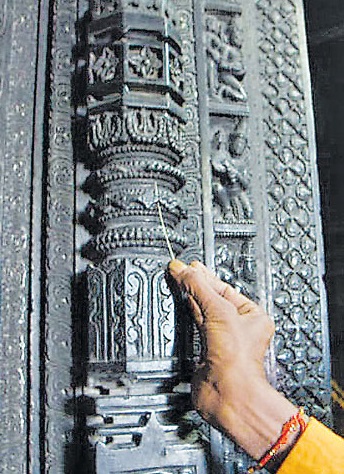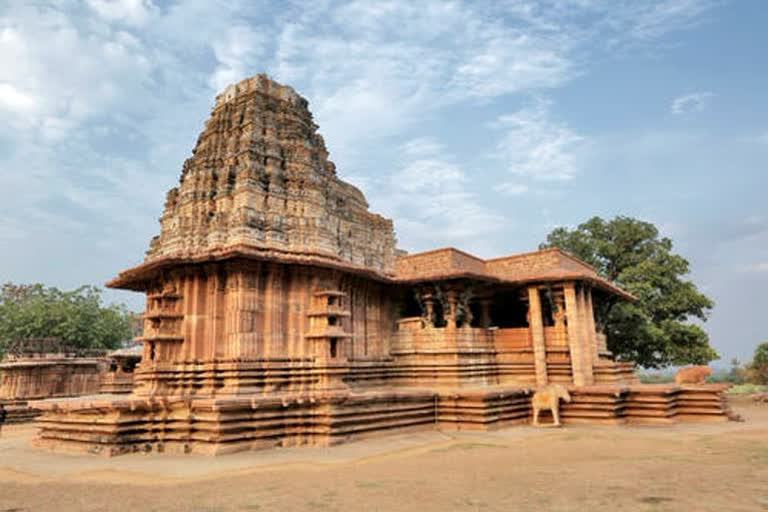Hyderabad: Ramappa Temple located in the Mulugu district of Telangana has been included in the list of UNESCO World Heritage Site. Although there are many historical buildings and forts in Telangana, it is a huge achievement to get the World Heritage Site status for Ramappa Temple.
There was no easy way to achieve this unique status. To bring the speciality of this temple to the whole world, the state and central government made several efforts and adopted different strategies. Ramappa Temple has been recognised as a World Heritage Site for its unique structure, architecture, and construction with special materials, which have stood the test of time for many decades.
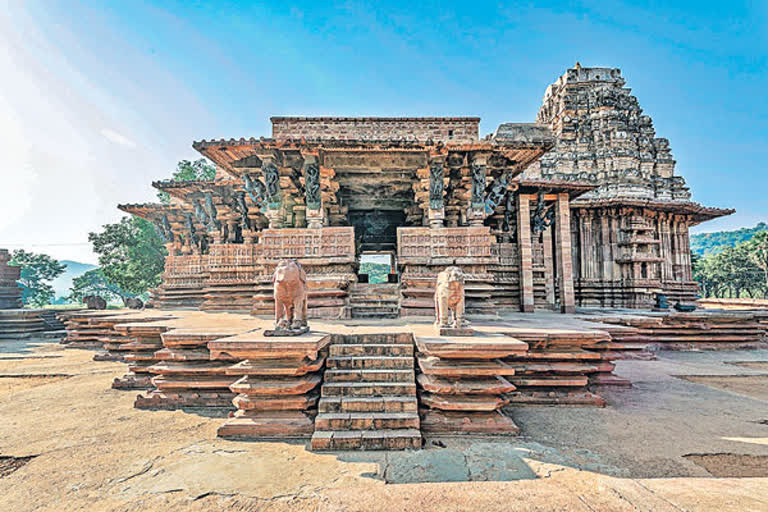
Integrated geographical advantages like multiple constructions and no encroachments around the main structure of the temple have also played an important role in achieving this status.
Earlier efforts have been made for UNESCO recognition of Golconda Fort, Charminar, and Qutb Shahi Tombs. Proposals were also sent by the state government to the Archaeological Survey of India (ASI). However, it has not been successful so far.
According to the rules of UNESCO, there should not be any other structure within 100 meters of that building to get the status of World Heritage. A radius of 200 meters around the structure should be considered a protected area. Also, the structure should be unique, not match any other building in the world.
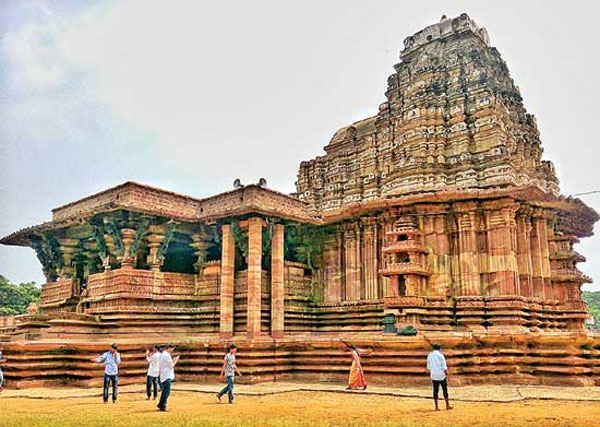
Due to non-compliance with these regulations and other issues, these structures have not yet got the status of World Heritage Site. The thousand-pillared Ramappa Temple and Warangal Fort were initially set aside for non-compliance with UNESCO rules. However, Ramappa Temple has now been given the status of a World Heritage Site by UNESCO.
History of Ramappa Temple
The Ramappa Temple was built in the 13th century by Maharaja Ganapati Dev of the Kakatiya dynasty of Andhra Pradesh. He asked his craftsman Ramappa to build a temple that would last for years. It is believed that the construction of the temple started in the year 1213 and the construction work was completed in about 40 years. Ramappa prepared such a temple with his craftsmanship, which was very beautiful. Pleased with which the king named the temple after the same craftsman. This beauty has got it included in the UNESCO heritage today. Recharla Rudra was a general of Kakatiya king Ganapati Dev. The entire construction work was done under his supervision.
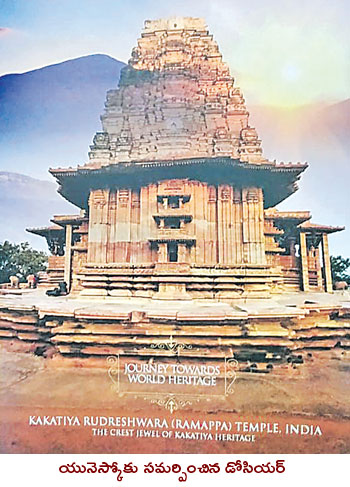
Lord Shiva is seated in Ramappa Temple, hence it is also known as Ramalingeshwara temple. It is a temple dedicated to Lord Shiva and the presiding deity of the temple is Ramalingeshwara Swamy.
Features of Ramappa Temple
This temple of Lord Shiva, built in the 13th century, is a unique specimen of Indian sculpture. Due to its special structure and special construction material, the Ramappa Temple is presenting the testimony of its history even after 800 years.
Temple made of floating stones
The main feature of this ancient temple is that it has been constructed from sandstone. According to archaeologists, the stones in the Ramappa temple are very light, which can also float in water.
The team of archaeologists was researching to find out the secret of the strength of the temple. When they cut a piece of stone of the temple, they found that the stone is very light in weight, when they put the piece of stone in the water then it started floating in the water.
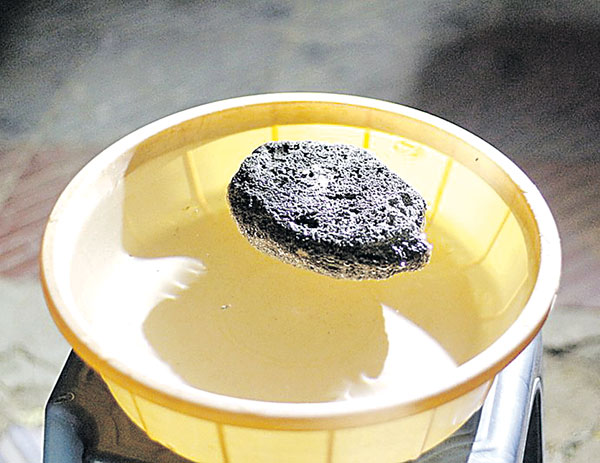
According to archaeologists, the weight of the stones of Ramappa Temple is very less, so this temple is still standing with pride. Scientists are searching from where Ramappa had brought these stones.
Built on sandstone and a platform (sandbox foundation) 6 feet high, this temple is decorated with beams and pillars made of granite. The unique feature of the temple is its minaret or vimana (horizontal tower- horizontal stepped tower), which is in the shape of a pyramid.
The Vimana is constructed using porous bricks, which are light in weight. One of the characteristics of the Kakatiya rulers, these bricks are known as floating bricks.
Sculptures look alive
The sculptures made in Ramappa Temple are amazing which are specially carved out of hard dolerite stone. It looks like they are alive and will start walking now.
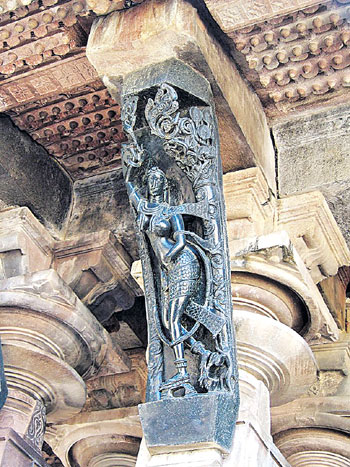
Due to the shape of the stars, this temple is also famous by the name of Trikutalyam. Lord Shiva, Vishnu and Sun God are seated together in the temple. There is no tradition of worshipping Brahma, Vishnu and Mahesh together, but in this temple, instead of Brahma, the Sun God has been installed in the form of worship.
